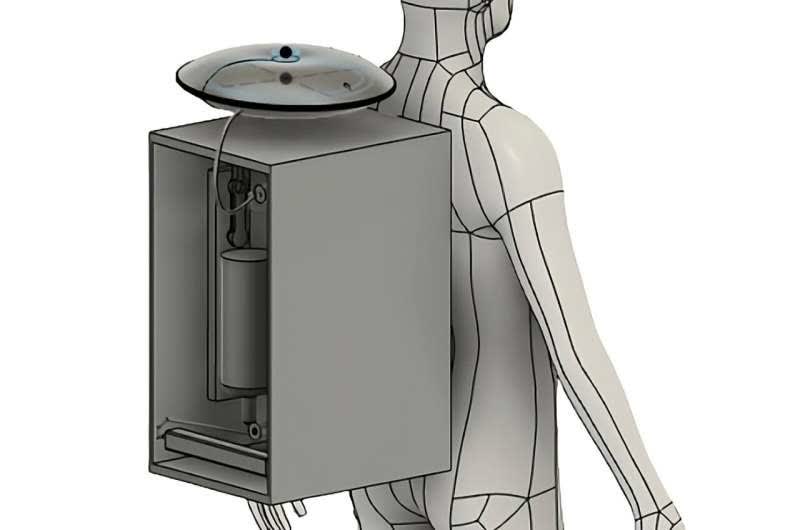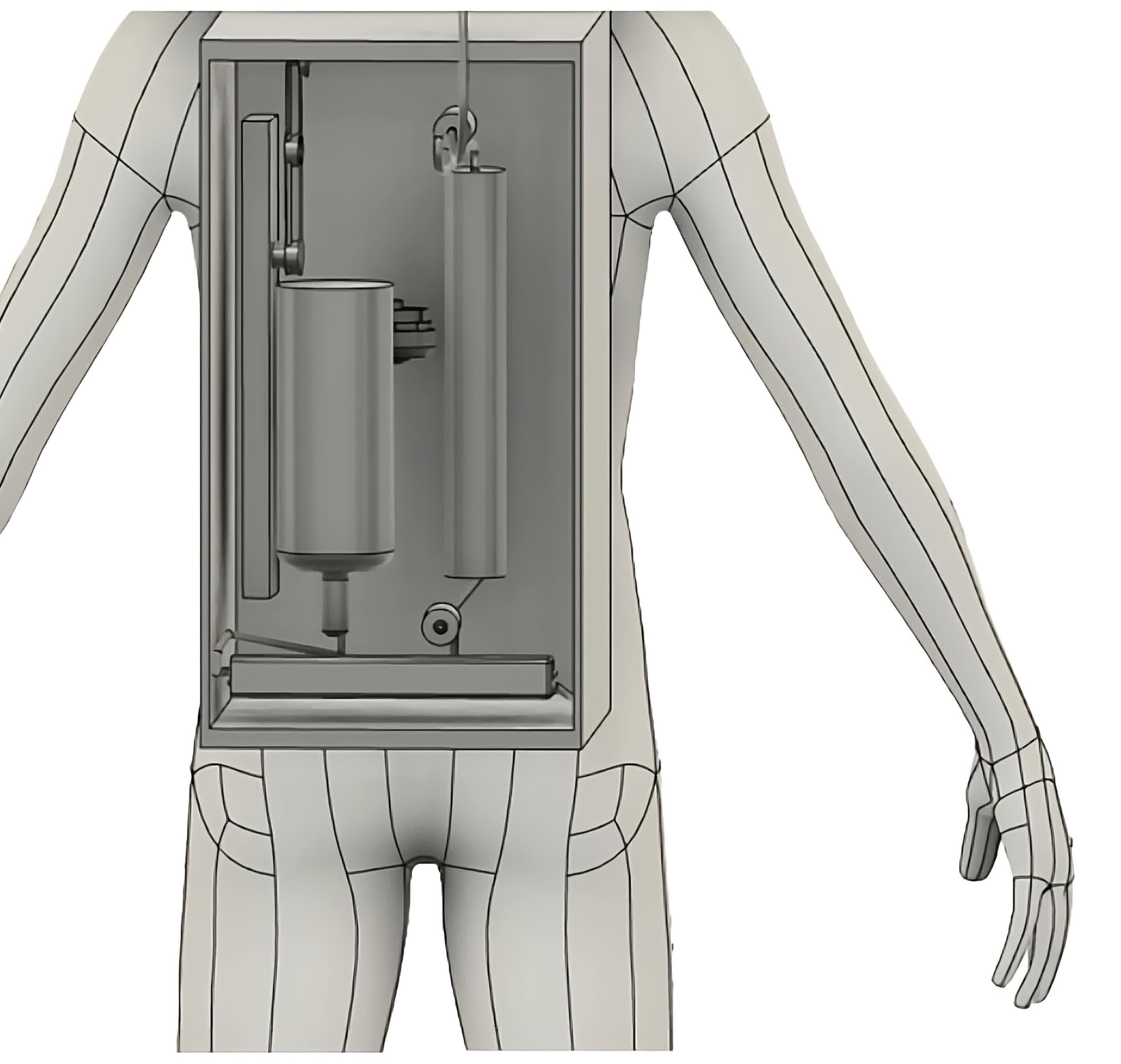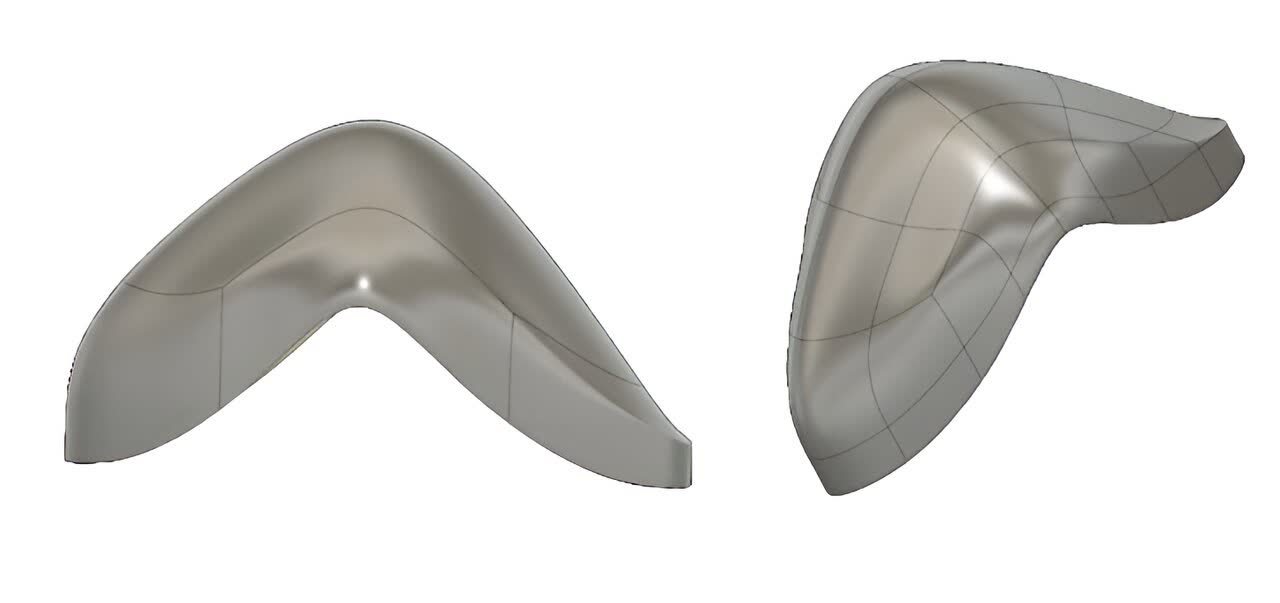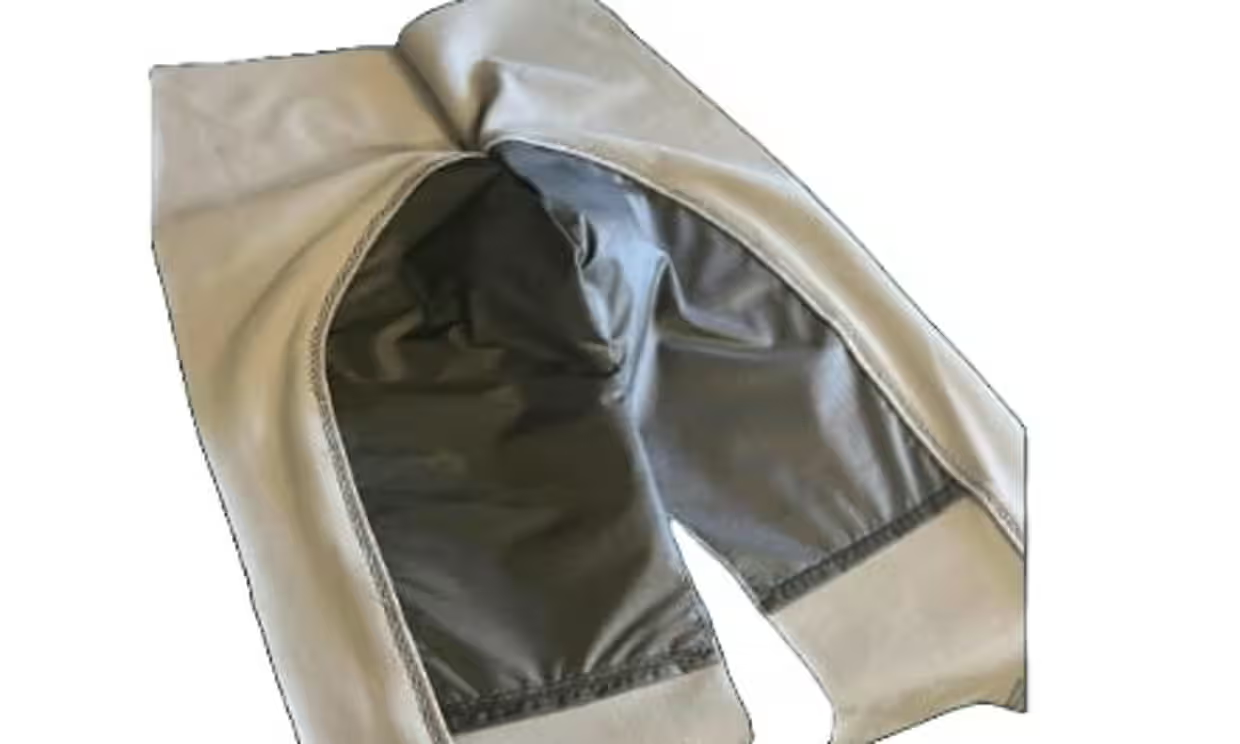Forward-looking: Dune's iconic stillsuits have served as the inspiration for a new prototype spacesuit that can convert astronauts' urine into drinkable water. Such a device would be a huge improvement over the current way that astronauts relieve themselves: into what are essentially multilayered adult diapers.
In the original Dune book, full-body stillsuits consisted of layers that absorbed body moisture from sweating and urination. This was then filtered so users could drink the reclaimed water from a tube attached to the neck. A facial mask could also be worn so that moisture from the mouth and face could be reclaimed.
Cornell University researchers believed that the urine filtration/drinking system used by the stillsuits would be of enormous benefit to astronauts, who currently use a maximum absorbency garment for answering the call of nature. Essentially, this is an uncomfortable diaper prone to leaking and causing urinary tract infections and gastrointestinal irritation.
"As an incoming Freshman at Cornell University in the spring of 2022, I sat down one night to read Dune. The next morning, after eight hours of continuous reading, I was obsessed, particularly with the idea of a stillsuit," Sofia Etlin, a research staff member at Weill Cornell Medicine and Cornell University, and the study's first author, told Interesting Engineering.
Etlin said a Cornell-based start-up called Fremen Space, Inc. was founded a few months later to turn the idea into a reality.
"The design includes a vacuum-based external catheter leading to a combined forward-reverse osmosis unit, providing a continuous supply of potable water with multiple safety mechanisms to ensure astronaut well-being," Etlin explained.
The current way astronauts take in fluids while on spacewalks is via an in-suit drinking bag (IDB), but it carries less than a liter of water, which isn't very much when you consider these walks can last 10 hours, or even 24 hours in emergencies, and often require a lot of strenuous exertion.
The design's urine collection device is an undergarment (below) made of flexible fabric with a gender-specific, molded silicon collection cup (above) that fits around the astronaut's genitals. A moisture-activated vacuum pump activates as soon as the wearer starts to urinate. Collected urine is routed into a filtration system that first removes salty water before using a pump to take the salt out from that water. The filtered water is then enriched with electrolytes and sent into the IDB.
Unlike Dune's stillsuits, which are powered by movement, the astronauts will have to carry a 20.5-volt battery needed to power the system's pumps, sensors, display screen, and other components. The entire unit weighs about 8 kilograms (17.6 pounds) and is able to purify half a liter of water in five minutes.
The first prototype of the suit is designed to filter urine only, but sweat filtration could be incorporated into future iterations.
The Cornell team is planning to recruit 100 volunteers in New York this fall to test the system for comfort and functionality.
In May, a YouTube channel recreated the stillsuit, though it only filtered sweat.
Dune-inspired spacesuit can turn astronauts' urine into drinkable water




